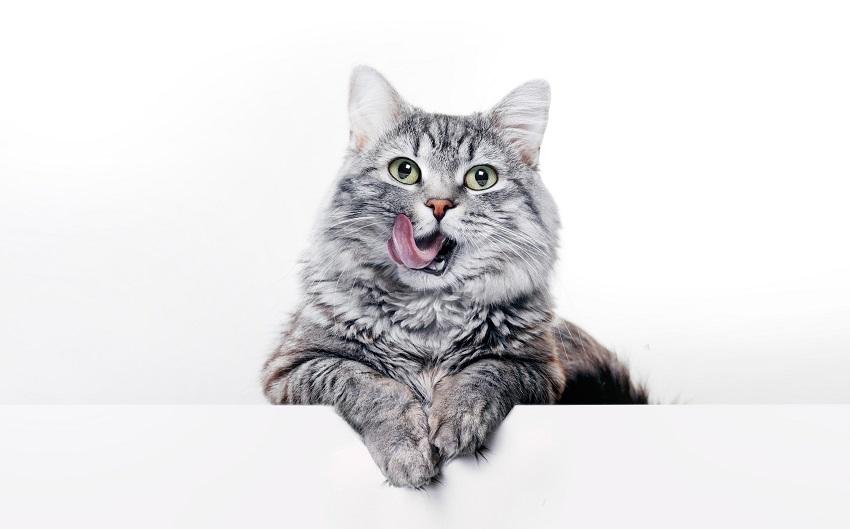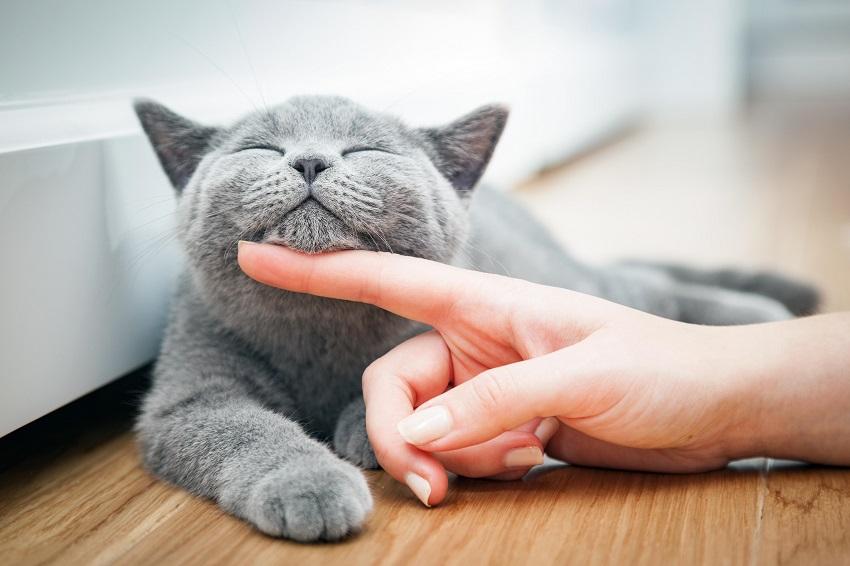There’s a lot to consider for those who have furry feline companions, especially when it comes to their nutritional needs, such as cat food.
Therefore, choosing cat food should not be taken lightly. Instead of promoting health, making the wrong choice can have adverse effects on the health of your beloved pet.
Cat food comes in various forms in the market, including dry food, wet food, and even liquid treats.
How To Pick The Right Food For Your Feline Friend
So, how do you choose cat food that is both healthy and safe? Here are tips for selecting healthy and safe food for your feline friend:
1. Pay Attention to Basic Nutrition for Cats
The first tip for choosing kitten food is to pay attention to basic nutrition to keep your cat healthy. Essential nutrients for cat health include protein, taurine, vitamins, minerals, enzymes, fatty acids, and water.
Cats don’t need carbohydrates, although corn, wheat, and rice are often used as ingredients in both dry and wet food.
2. Wet or Dry Cat Food
Some nutrition experts suggest that cats should consume both wet and dry food. While dry food is convenient and suitable for all kitten types, wet food is also essential because it contains water.
Many cats don’t drink water regularly, so wet food helps in this aspect. Also, feeding the same food repeatedly can make cats bored. Therefore, provide food variety regularly by rotating between dry and wet food.
3. Watch Out for Cat Allergies
Just like humans, cats can experience allergies. Therefore, be attentive to any allergies your pet cat may have, even though kitten food allergies are rare. This is especially important if your cat has shown allergy symptoms before.
4. Cats Can Develop Addictions Too
Cats can become addicted to a specific brand of food if not given any other options. Once this happens, it’s challenging to break the habit. However, you can prevent addiction early on by offering a variety of food to your kitten.

5. Be Cautious with Cheap Food
With increased awareness of cat welfare, there’s now a lot of cheap food in the market. Cheap food is often chosen to cut costs, but pet owners should remain vigilant. Cats might end up eating twice as much of the cheap food to get sufficient nutrients.
Additionally, low-quality, inexpensive kitten food can lead to digestive issues and urinary tract problems.
6. Pay Attention to Cat Food Packaging
Choose cat food that contains complete and balanced nutrition. Some aspects to consider from the packaging include specific protein sources, such as chicken, turkey, goat, or beef, not just generic “meat.” Especially in canned wet food, the protein source should be mentioned early in the composition details. Also, always check the expiration date on the cat food packaging.
7. Contains 95 Percent Main Ingredients on the Label
According to the Association of American Feed Control Officers (AAFCO), certain guidelines are set for regulators, including what ingredients should be included in animal food labels.
This includes primary ingredients that can be legitimately claimed by the pet food company. For example, if a cat food is named “Tuna Cat Food” or “Chicken Cat Food,” 95 percent must consist of that main ingredient, excluding added water.
If the product claims additional ingredients like cheese, it only needs to contain 3 percent. In essence, products advertising a specific taste need to contain a detectable amount of that ingredient.
8. Has Animal Protein and Fat Source
Next, look at the list of ingredients. Ingredients used should be listed on the label by weight. Typically, ingredients with high water content, like beef, poultry, chicken, or fish, tend to be at the top of the list for wet food. These ingredients have high water content. Ingredients listed lower usually have essential nutrients, such as protein, with lower water content, particularly in dry food.
Furthermore, all types of cat food should have several animal protein and fat sources. Cats are carnivores, requiring nutrients like taurine and arachidonic acid found in animal proteins.
These components are only present in animal protein sources. Various animal protein sources for cats include beef, poultry, chicken, turkey, fish, or other meats. You can also provide them in the form of wet food as a supplementary or occasional treat.
***
Ensuring your feline companion gets the best nutrition is not just a responsibility but an expression of love. Remember, a happy, healthy cat is a true testament to a pet owner’s care and commitment.
So, here’s to many more years of purring contentment and playful companionship with your beloved cat!


Comments are closed.